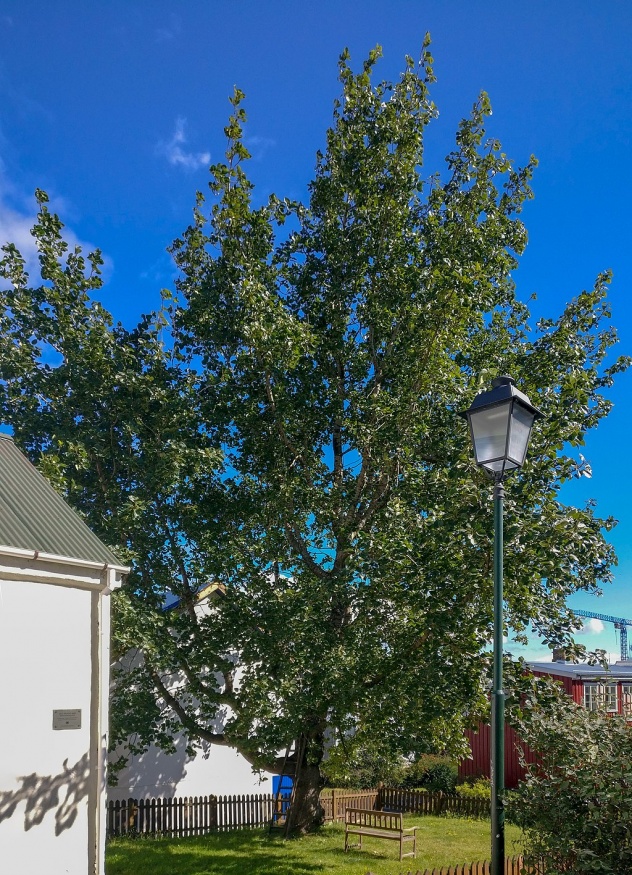About
The balsam poplar is one of the most hardy, broadly ranged deciduous trees in Canada. As medium to large sized trees, they are often the largest in their northern and western range (boreal and montane conifer forests).
The physiology of balsam poplar is very similar to black cottonwood in Western Canada and it often hybridizes with the eastern cottonwood (Jack's hybrid poplar). Its most notable characteristics include shinny, pointed leaves dotted with resin on the undersides. Buds are fragrant and sticky with resin. The young tree bark is greenish brown, turning gray with deep ridges and furrows at maturity.
Balsam poplar trees are important in nursing and supporting forest ecology and longevity. As water-loving trees, they maintain riparian areas by stabilizing river banks. Disturbed areas from fire and logging also benefit from the vigorous nursing grown of balsam poplar. This helps to support shade tolerant species like white pine or hemlock.
Balsam poplar doesn't sucker as easily as trembling or largetooth aspen. Resultantly, it is often used in agriculture as a fast growing, efficient windbreak. The wood is also used to make crates, pulp for high quality paper, veneer, and lumber.
References
Farrar, J.L. (2018). Trees in Canada. Ottawa, ON: Natural Resources Canada.
Tree Atlas - Ontario, (2019). Balsam poplar. Retrieved from https://www.ontario.ca/page/balsam-poplar
Trees of Canada - Tree Canada, (n.d.). Balsam Poplar (Populus balsamifera). Retrieved from https://treecanada.ca/resources/trees-of-canada/balsam-poplar-populus-balsamifera/
United States Department of Agriculture, (n.d.). SPECIES: Populus balsamifera subsp. balsamifera. Retrieved from https://www.fs.fed.us/database/feis/plants/tree/popbalb/all.html
Shipping
We currently ship seeds to all Canadian provinces and ship plants just within the provinces of British Columbia and Alberta. Seeds ship year-round and usually take a few days (or longer if you are ordering from a distant province). It usually takes 2-5 business days in the mail for plant orders once shipped. Plants are generally available from May to September and can be reserved during off season; Shipping costs are calculated during checkout. Seed orders over $100 ship free! See Shipping for more details.
